After the ore passes through the blast furnace, for the production of pig iron, it needs to go to the pig iron pot.
A company that produces pig iron cookware must take into account the quality of the material to be used as it must withstand the high temperatures that the pig iron must attain.
Viga has more than forty years of experience in the production of pig-iron pots, which is why we have been available to talk about your pig-iron making project with the certainty that we will run the pig-iron pot project with quality and with the necessary responsibility.
A USIMINAS, em uma área de 10 Km² é uma siderúrgica integrada a coque, isso significa que a produção do aço abrange todas as fases do processo siderúrgico:
- redução
- refino
- laminação
- a quente
- a frio
- linhas de galvanização
Carbon steel production process
Reduction of iron oxides in steelmaking
The reduction phase comprises the blast furnace transformation activities of iron ore in liquid pig iron. Before going to the blast furnace the iron ore and the fluxes go through the sintering, where they are agglomerated and transformed into sinter, which is finally crushed in order to adapt its size to the use. At the same time, the mineral coal is transformed into coke in special kilns, called coke oven.
Coke is the product obtained from the distillation of coal, which because of its high carbon content is the base fuel used for the melting of the blast furnace metal load. After these processes, the coke and the sinter are transferred to the blast furnaces for the production of pig iron. Inside the blast furnace, in the area of the windows, the carbon is burned by the oxygen of the blown air, generating a great amount of heat and a gas with high reducing power. As this gas goes up, it causes iron oxides to reduce, and finally the melting of the metal charge, which is deposited in the crucible, in the form of pig iron and slag.
The pig iron consists mainly of iron, silicon, carbon and manganese, with sulphur and phosphorus as the main impurities. Drained at a temperature of 1500 centigrade, it is transported to the steelworks by torpedo cars.
In the process of transforming coal into coke, gases are generated which, after specific treatments, generate products such as light oils, tar, ammonia and combustible gases.
The manufacture of tar and combustible gases in the steel industry
The tar, after treatment in the carbochemical plant, and the combustible gases are harnessed inside the own plant for furnace heating and electric power generation.
The manufacture of ammonia and light oils when making pig iron
Light oils and ammonia are treated in the carbochemical plant and destined for sale to manufacturers of plastic, fertilizers, pharmaceuticals, among others.
Primary refining in steelmaking
After the reduction phase, we proceed to the primary refining, an operation where the pig iron is transformed into liquid steel by the injection of oxygen, at a temperature of up to 1700 ° centigrade. This oxygen-blowing process occurs in large vessels called converters and is characterized by the partial oxidation reactions of carbon, manganese, silicon, phosphorus and other elements contained in liquid pig iron. It also allows the reduction of the phosphorus content, stabilized in a basic slag formed during refining.
First, the converter in operation is inclined to receive the solid charge, the scrap, then the liquid pigment, then the converter returns to the vertical position to receive oxygen injection, through a chilled water spear. During this blow, fluxes are added, which together with the oxides obtained from the reactions of silicon, manganese and iron have the purpose of fixing the undesirable substances.
The volume of oxygen to be blown is defined according to the raw materials used, the carbon and the temperature predicted at the end of the blow. Finally, the bath temperature is measured and the samples of steel and slag are withdrawn to control the refining process.
The rolling process and its equipment in the steel industry
After refining, the liquid steel is poured into pans where ferrous alloys are added, thus, deoxidation. This mixture gives the steel the mechanical properties specified for the product. Depending on the application of the product on the market, the liquid steel may pass through a secondary refining, in a potting oven or in a vacuum degasser, for the fine adjustment of temperature, chemical composition and clarity.
At the end of the process, the liquid steel is poured from continuous casting machines for solidification and slab processing. These plates are inspected for surface and internal qualities and, if approved, are ready to be laminated.
In the laminations, the steel is transformed into the various products of USIMINAS, each with its specification, application and characteristic. About 25% of the plates produced in the steelworks go to the lamination of thick plates, where they are reheated at a temperature of approximately 1200º Celsius, laminated and cut, according to customer’s request, in a thickness of approximately 102 mm. This product is used in ships, marine platforms, large diameter pipes, pipes and pressure vessels and in civil construction, among other applications.
Hot rolling after passing through the pig-iron pan
The rest of the plates go to the hot strip lamination, in this process are generated hot coils and plates, with thicknesses of up to 12 mm, cut in the lines of scissors according to customers’ needs. Hot-rolled products are intended for the manufacture of vehicle parts, metal structures, pipes, agricultural implements and cylinders.
Cold rolling after ironing through the pig iron
Part of the hot-rolled coil is shrouded for cold rolling, where the sheets can be reduced to thicknesses of up to 0.20 mm.
In fact, the cold rolling process consists of several steps.
1st stage of cold rolling: pickling
The first stage is the pickling that removes from the plates the layer of oxides, known as russeting.
2nd stage of cold rolling: rolling mill
The laminator reduces the thickness of the plate with precision, good surface finish and good flatness.
3rd stage cold rolling: electrolytic cleaning
Then the electrolytic cleaning removes the lamination oil residues by bathing the plates in tanks with an aucalin solution.
4th stage of cold rolling: annealing
From there, the product goes through the annealing process, a heat treatment that aims to soften and adapt the material for its use.
5th stage Cold Rolling: Hardening
After completing the previous step, it is the hardening task that defines the roughness that defines the roughness on the surface of the sheet and adjusts the mechanical properties of the steel.
6th stage of cold rolling: galvanizing
Finally, if specified by the customer, cold rolled coils are coated for electrolytic galvanizing or for hot dip galvanizing.
Electroplating
Electrolytic galvanization consists of the deposition of a layer of zinc through the passage of electric current between the plate and the electrolyte. Still, in this process, there is the possibility of applying a layer of phosphate to the zinc layer, which helps in the stamping and painting steps of the customer.
Hot dip galvanizing
In hot dip galvanizing, the sheet passes through a molten zinc tank, the zinc adheres to the surface and proceeds to the heat treatment so that an alloy is formed on this surface.
In these two processes, the zinc layer protects the product against corrosion.


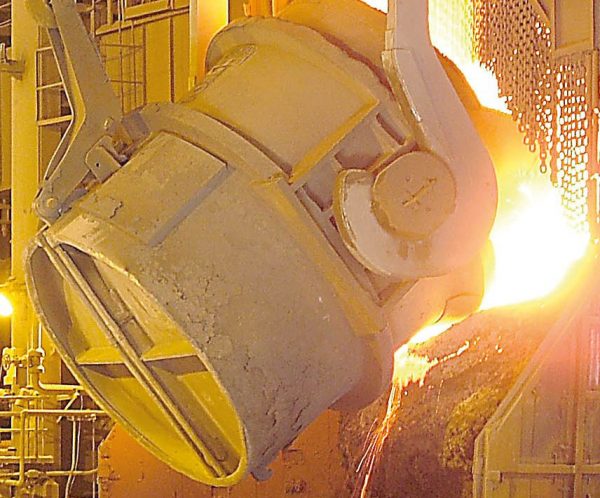
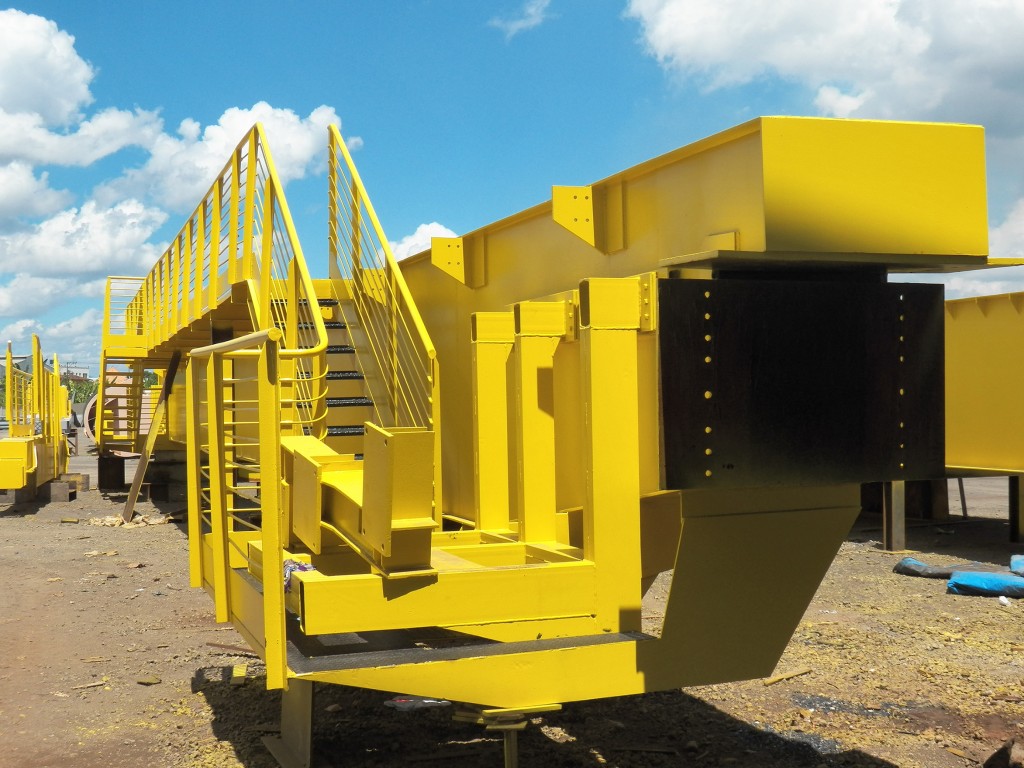

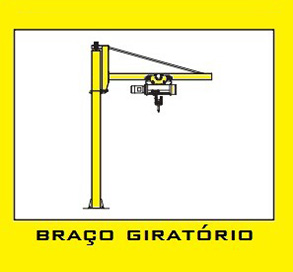
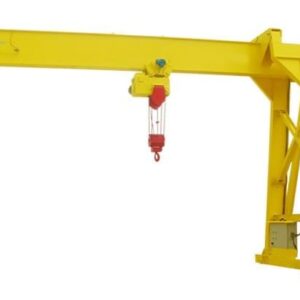
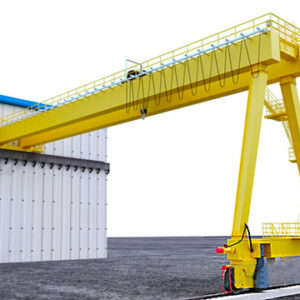
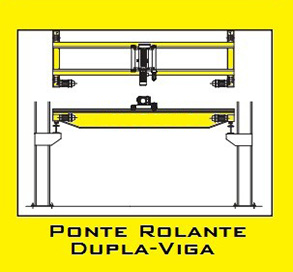
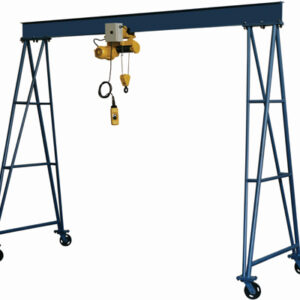
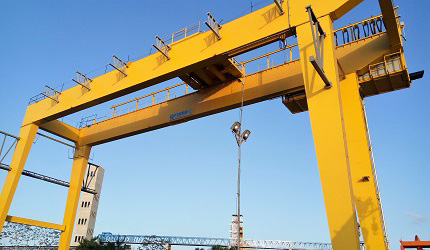
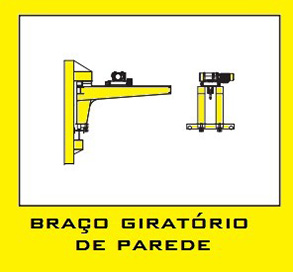

Avaliações
Não há avaliações ainda.